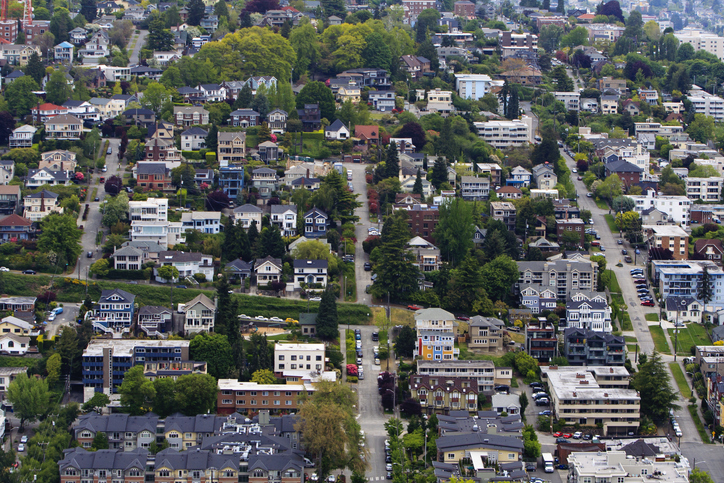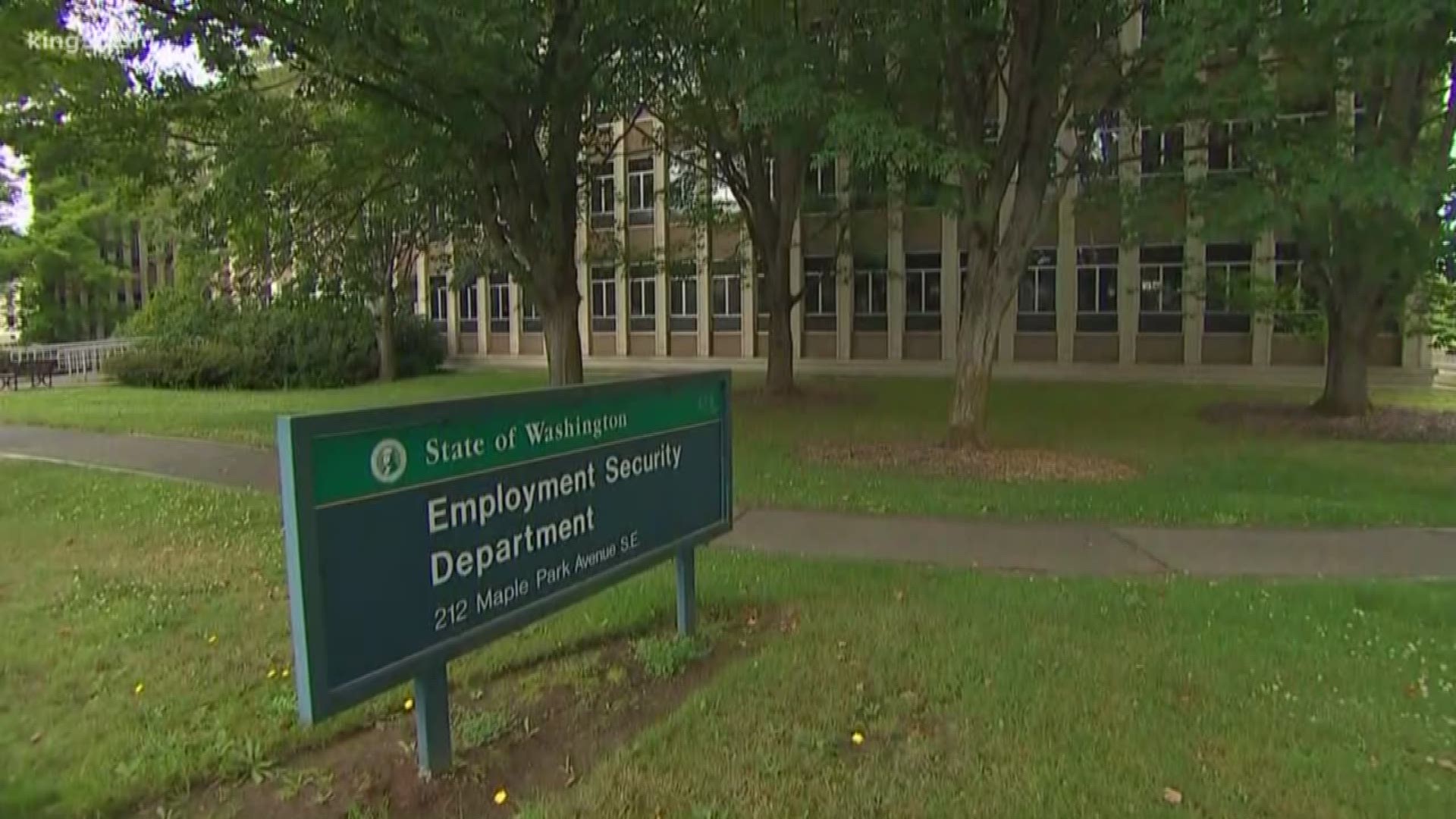The Everett Herald is reporting that a trip from Everett to Sea-Tac on Sound Transit’s light rail costs only $3.50 (plus $2.50 on the bus), but nothing could be further from the truth. The train currently runs from Northgate to Sea-Tac with a bus connection to Everett for the uncompleted section of the line.
The true cost of the trip taken by the Jordan Hansen, a Herald reporter, is heavily subsidized by the taxpayers of Pierce, King and Snohomish counties.
The residents in Sound Transit’s taxing district pay an average of $179 each way (or $358 for a round trip) in taxes to subsidize each rider once the full cost is considered.
When you compare the true cost of the trip on light rail ($179) vs a car ($29.25) at a generous $0.65 per mile the transit ride is no longer such a bargain.
Think the $179 per trip is an exaggeration? Light rail in 2021, according to Sound Transit’s annual report, cost $163 million dollars to operate and needed $1.9 billion in capital funding for extensions of the line and additional stations.
Huge cost overruns, to the tune of $50 billion, are adding to that total.
Comparing operating costs to ridership in 2021, a simple total operating cost calculation yields a cost per trip of $14. If you factor in the capital costs for 2021, the cost per trip is $179. Plus, there are no rail or train replacement costs built into the operating calculations, which means some future costs are not included.
Proponents of light rail as a cost-effective method of transportation argue that capital costs should not be included in the true cost of running the system, but that’s like saying the cost to run a home doesn’t include the mortgage and only includes the utilities and groceries.
Additionally, recent surveys have shown that at least a third of riders aren’t paying a fare (by some estimates up to 70%), which further shifts the cost burden to taxpayers. Already Sound Transit is considering imposing additional taxes and received help from the legislature in the latest transportation package to make up the shortfall.
Post-pandemic ridership has been slow to rebound and farebox revenue is far below earlier projections. The exiting Sound Transit CEO warned back in January that without fare enforcement, Sound Transit would be in trouble. Even before the pandemic hit in January 2020, ridership was declining on the ST Express service.
Light rail is only attractive as an option because it’s practically free to its riders, paid for by someone else.
A far better solution for public transportation is Bus Rapid Transit (BRT) which can be implemented much faster, operates at lower cost, and has capital costs that are a fraction of the extravagant price of building light rail lines.
Sound Transit’s light rail is an extremely expensive, outdated mode of public transportation. It is taking decades to build and it does next to nothing to address Snohomish County’s growing transportation needs. To claim otherwise is disingenuous.






